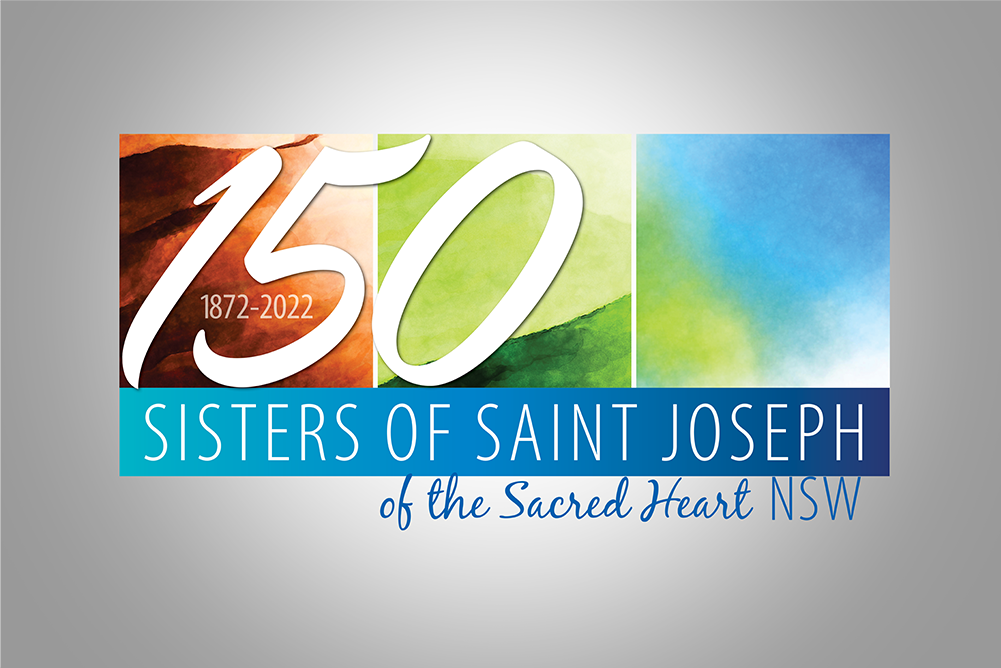
Our First Three Seedbeds
The story of the presence of the Sisters of Saint Joseph in New South Wales (NSW) grew from three distinct seedbeds – with the planting of the Josephite charism by our pioneering Sisters. These small seedbeds were planted with love, grew out of the soil of trust in God’s Providence and fertilised by the ever-increasing needs of the people where the seeds took root.
The initial seedbeds were planted by Mary MacKillop through the invitations of three Bishops – Matthew Quinn (Bathurst), Roger Bede Vaughan OSB (Sydney) and Elzear Torreggiani OFM Cap (Armidale).
Their beginnings could not have been more diverse, even though the arrival of Sisters in Armidale and Sydney both had the same backdrop. Mary made the difficult decision in 1879 to finally withdraw all the Sisters from Queensland because of the persecution and abuse they were receiving as a result of the inability of the Bishop of Brisbane, James Quinn, (brother of Matthew Quinn, Bishop of Bathurst,) to accept Central Government and the authority of ‘a woman’, ratified by Rome in 1874, over his episcopal position.
Each diocesan story was unique. From these tenuous seedbeds the eventual growth of shrubs, flowers and trees brought life, progress and security to both the Sisters and those to whom they ministered. The cultivation of the entire state of NSW was built on these foundations.
Seeds of the Josephite charism took root in NSW as the ministry of teaching poor rural children spread across the wide slopes and plains of the Bathurst Diocese. Mary had accepted the invitation of Bishop Matthew Quinn in 1872 to open schools in the poorest areas around Bathurst.
The continued growth of the Josephite charism, imbibed by Mary MacKillop and Julian Tenison Woods, largely continued in the Bathurst Diocese through the giftedness of Sr Hyacinth Quinlan. She was the only Sister from the original founding group of four (1872–76), formed by Mary and Julian, to stay in Perthville after the ultimatum by Bishop Matthew Quinn that he would only accept a Diocesan Congregation of Sisters of Saint Joseph with him as the Superior.
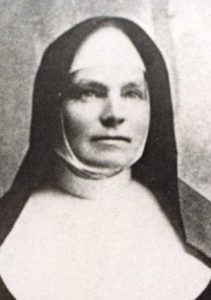
During her long time in Tasmania, Sr Hyacinth taught in several schools and again was elected as Sister Guardian. The thread of the charism was woven by Sr Hyacinth in Bathurst, New Zealand, Tasmania and, through her influence on the postulants and novices she trained, to Goulburn and Lochinvar diocesan Josephites.
This was surely the work of God. Her witness and dedication to upholding the Josephite charism was prophetic and there is no better evidence of this than the eventual fusion of Tasmania, Goulburn, Whanganui and Perthville diocesan Josephite Congregations with the Sisters of Saint Joseph of the Sacred Heart. Even though she was in NSW for only eight years the charism firmly took root from that first seedbed. Her legacy continued into the partial fulfilment of Julian’s wish that all Sisters of Saint Joseph would once again be united.
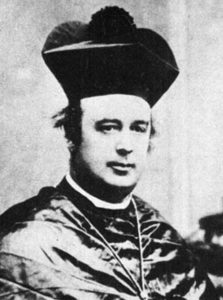
The announcement by the NSW government that they would terminate financial assistance to denominational schools in 1882 put pressure on the Bishops to have Catholic schools staffed by religious and be ‘self-supporting’ by that date. Mary and the Sisters moved quickly. By 27 December 1879 the Vicar General, Dean Sheridan and Mary MacKillop had already decided that the first foundational schools would be at Penrith and St Mary’s, 34 miles (55 kms) west of Sydney at the base of the Blue Mountains. Education was paramount for the families in areas of rapid expansion.
As well as those two schools in western Sydney there was also an expansion south of Sydney into Picton and Dapto in 1880. Even Wallerawang, Lithgow and Cooranbong (Morriset) were opened in 1880, being part of the greater Sydney archdiocese.
This second seedbed of planting in NSW had two prongs. The second one was meeting the needs, in particular, of desperate women and children living in squalor and at great risk in The Rocks, the ’seediest’ part of the colony. Like any port area there were too many pubs, opium dens and places of ill-repute.
When Mary saw these conditions she decided to open a House of Providence, as she had done in Adelaide. This was an entirely new venture for women religious in NSW and although she had no money the Sisters knew how to beg and rely on God’s Providence to house and feed whoever was in need and knocked on their door. The first House of Providence opened on 6 March 1880 in a small rented cottage in Gloucester Street not far from St Patrick’s, Church Hill.
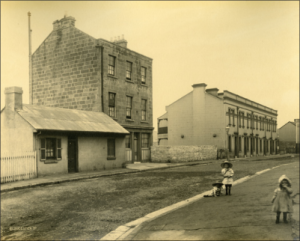
The seedbed of the charism-in-action in the Sydney archdiocese was monumental. Not only because it was so diverse but also because of the tremendous support given by the clergy and the people. The rapidly expanding population gave strong roots and its prominence in the church hierarchy made it a favourable place to establish the Mother House and Novitiate. The move from Adelaide, although reluctantly made by some, proved to be a prophetic step in the Josephite story. Both founders, Mary and Julian are buried in Sydney.
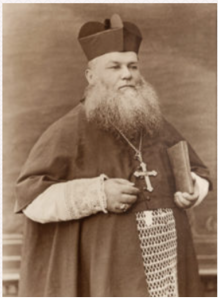
Bishop Elzear Torreggiani OSFC was installed as the second bishop of the diocese in 1879, the year Mary finally withdrew all the Sisters of Saint Joseph from Queensland. Bishop Torreggiani, a Capuchin order priest from Italy, would have received the same notification as all other NSW bishops that the government was terminating funds to denominational schools in 1882. He had only just arrived and knew immediately that his remote diocese, stretching from the north coast across the north-west of the state, was going to need considerable assistance in finding teachers to help educate the Catholic population of his patch. Because he and Bishop Vaughan OSB were members of religious orders they understood central government and had no problems in accepting it. He also knew the reputation of the Josephites who were willing and able to live in small communities in isolated towns.
Bishop Torreggiani did learn though that the Sisters of Saint Joseph had been sorely tried in Brisbane and as far north as Townsville, covering 10 different locations. He sent a friendly invitation to Mary, offered to pay the fares of the Sisters and suggested they travel overland to Tenterfield where there was a furnished house for them.
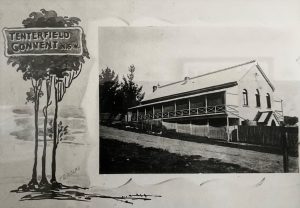
In June 1880 they established another school in Inverell. The accommodation and school were large enough to take in boarders. Sister Casimir Meskill from Adelaide became the Superior. The young Sisters who had suffered deprivation and harsh treatment were well supported in their new locations. Approximately 20 – 25 Sisters came from Queensland to the Armidale diocese.
This seedbed brought the Josephite charism into the heart of the Australian bush where there was no conflict of power games with the clergy contesting central government and there was encouraging support by families who wanted their children to do well and benefit from country living.
The Armidale diocese flourished. In time there were 21 schools reaching out to hundreds of children and their families. Armidale became a Province in its own right within the state of NSW. From an experience of rejection, abuse and even two fatalities of Sisters through deprivation and isolation the Josephite charism grew and expanded. God’s awesome grace triumphed yet again.
The state of NSW grew rapidly in population, industry, mining and farming. The expansion through improved rail links, roads and coastal sea travel became the life-lines for communities across the vast outback, the mountains and the coast. The Sisters of Saint Joseph covered all areas. The roots of the charism were firmly established and after 150 years of Josephite presence the legacy of those pioneering Sisters continues to have an impact, one which Mary and Julian would have been proud.
Jeanette Foxe rsj
NSW Region
References:
The Josephite Story – Marie Foale rsj
Go Where the Work is Waiting – Laraine Crowe rsj
Unfurrowed Fields – Kathleen Burford rsj
Women of the Vale – Marie Crowley
Images sources:
[1] Sisters of Saint Joseph of the Sacred Heart
[2] Wikimedia Commons
[3] Sisters of Saint Joseph of the Sacred Heart
[4] Catholic Diocese of Armidale
[5] Sisters of Saint Joseph of the Sacred Heart
